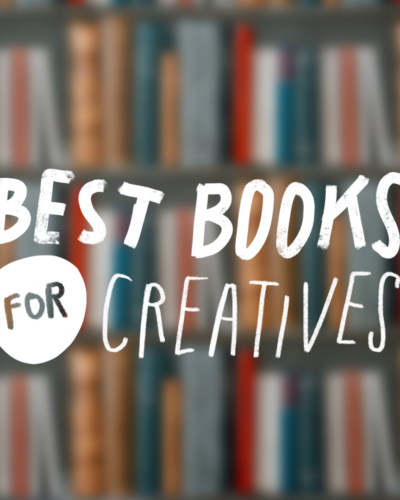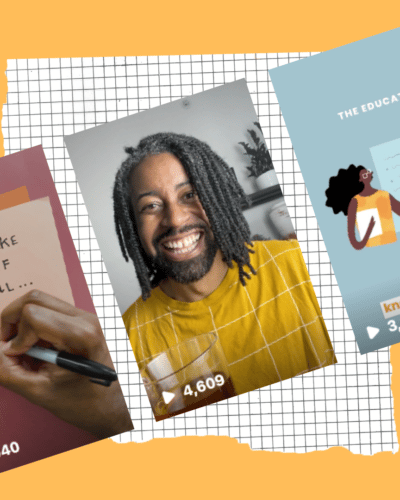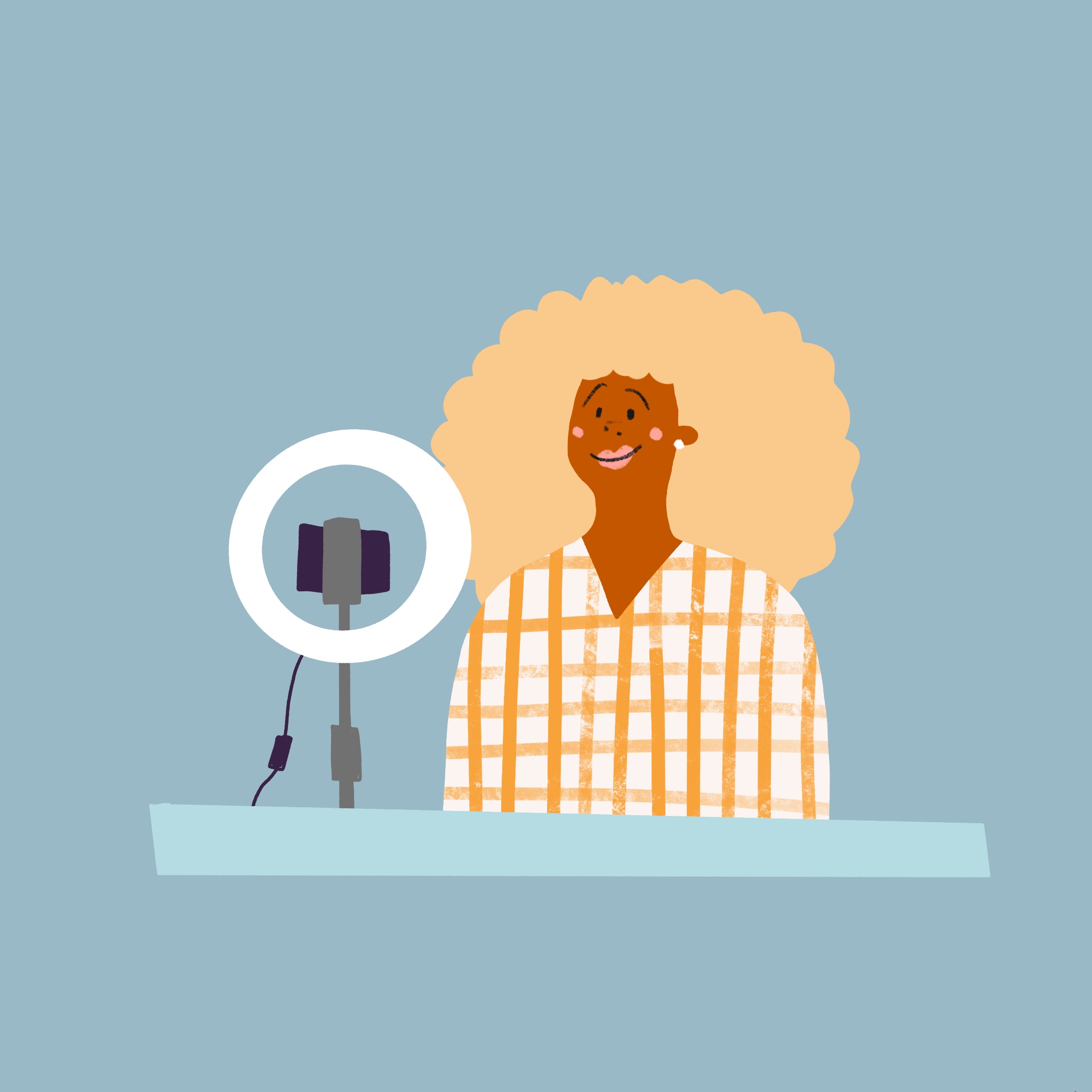
Real creativity is connecting uncommon threads

As a young creative I discovered that everything interesting had already been done.
I was doomed to never be an original.
To create something that was truly unique that changed culture.
But as I’ve matured, I’ve learned that true creativity is the capacity to make new connections between disparate ideas.
Creativity is seeing how one interest feeds into another interest.
How you can mix all the things you love with your life experience to create something that is unique to you, even though maybe it’s not completely original.
Learn from the greats, then add a dash of you.
That’s real creativity.
SOMETHING TO PONDER
Think about your creative journey and how your interests affect your creative process. Write about the connections you have made between seemingly unrelated ideas or passions, and how these connections have influenced your creative output.
Best books for creatives to learn business, marketing, and sales
Unblock your potential and grow your creative business with this collection of the best books for creatives. Our challenge as creators day after day is facing the blank page. Making something when we feel inspired. And making things even when the muse hasn’t...
30 Day Instagram Reels Challenge Recap
Here's how you can grow your Instagram following with the creative challenge of posting 30 reels in 30 days. https://www.youtube.com/watch?v=zPaw8DO6lgM Instagram used to be known as the photo-sharing app, but late in 2021 they announced that video would be their new...
The 6 types of full-time creators in the creator economy
In this article, I highlight the 6 types of full-time creators and what skills they possess to succeed in this competitive market. https://youtu.be/oxU2tY0iuCM There used to be a fine line drawn in the sand. Either you’re a right-brain thinker. An artist. A creative....



